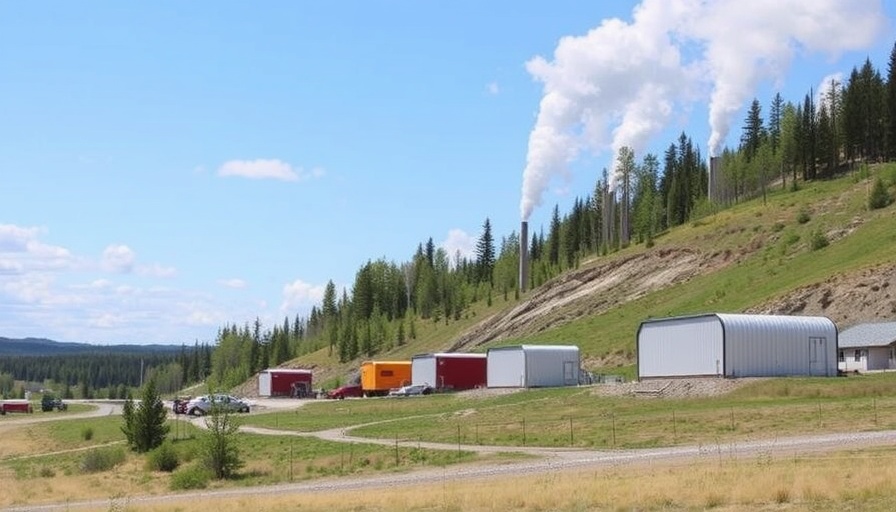
Why Geothermal Energy Is Gaining Traction in the Northeast
The Northeast region of the United States is witnessing a significant shift towards renewable energy, with geothermal projects emerging as a focal point for environmental and economic advancement. Once overshadowed by other renewable options, geothermal energy is now recognized for its potential to provide sustainable heating and cooling systems for homes and businesses alike—offering both cost savings and reduced carbon footprints.
Value in Sustainable Solutions
As awareness of climate change increases, states across the Northeast are taking action to incorporate more renewable energy sources. Geothermal energy stands out for its environmental benefits. Unlike fossil fuels, which contribute to greenhouse gas emissions, geothermal systems rely on the Earth's natural heat, thereby offering a cleaner alternative that aligns with state and national sustainability goals.
The Economic and Practical Benefits of Geothermal
Homeowners and contractors alike are recognizing the practical benefits of geothermal systems. According to experts, installing geothermal heat pumps can lead to substantial reductions in heating and cooling costs—sometimes up to 70%. This not only allows households to save money in the long run but also creates a ripple effect in local economies by reducing reliance on traditional energy sources.
Contractors can demonstrate their expertise by offering geothermal installations, giving them a competitive edge in the growing market for green technology. Home service professionals who embrace this technology can capitalize on a growing homeowner interest in energy efficiency and sustainability.
Overcoming Misconceptions about Geothermal Energy
Despite its advantages, misconceptions about geothermal energy linger. Many believe that geothermal systems are only viable in locations with volcanic activity or hot springs, but this is not the case. Technological advancements have made geothermal feasible in various climates and geographies, allowing it to be a practical option for many homeowners in the Northeast.
Future Trends in Geothermal Installations
The trend of adopting geothermal energy is projected to increase significantly over the next decade as technology improves and incentives become more readily available. This upward trajectory in geothermal installations can spark wider adoption across other regions, driven by both public and private investments.
Actionable Insights for Homeowners and Contractors
For homeowners looking to improve their energy efficiency, investigating geothermal options can yield long-term savings and environmental benefits. Contractors should consider gaining certification in geothermal installation to stay ahead in a competitive market. By promoting the unique benefits of geothermal systems to clients, professionals can foster a sense of urgency to make the switch and invest in sustainable solutions.
Conclusion: Embracing the Future of Energy
As the Northeast embraces geothermal energy, homeowners and contractors alike have the opportunity to contribute to a healthier planet while enjoying the economic benefits that come with renewable energy adoption. Whether through cost savings or increasing property value, saying yes to geothermal is a win-win for your home and the environment.
 Add Row
Add Row  Add
Add 




Write A Comment